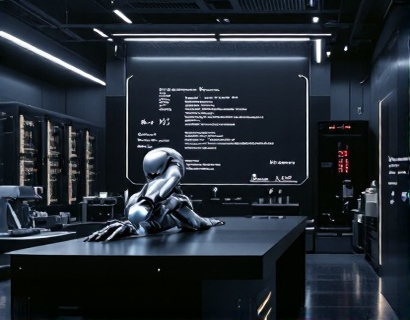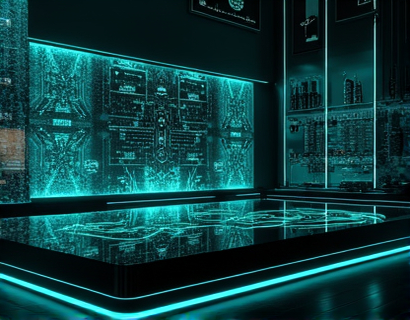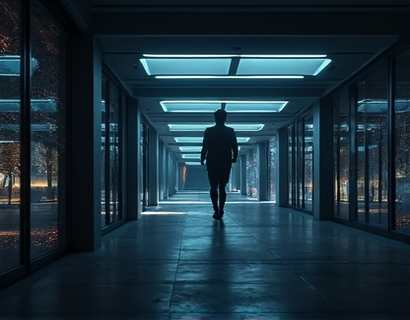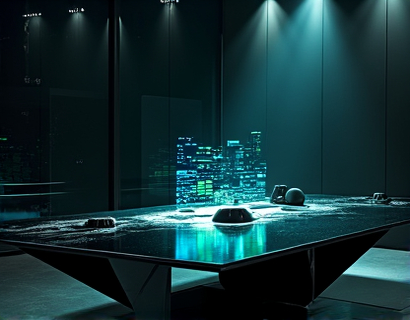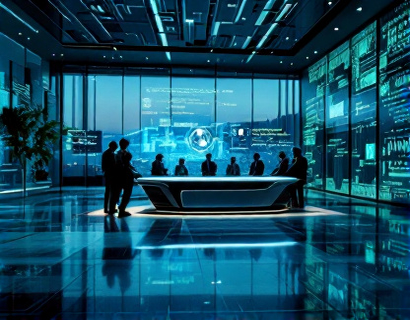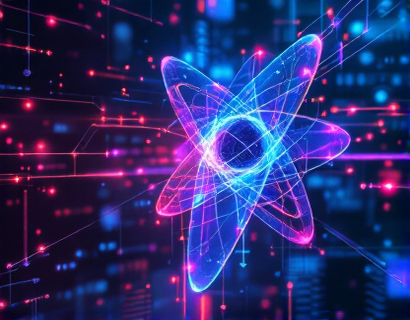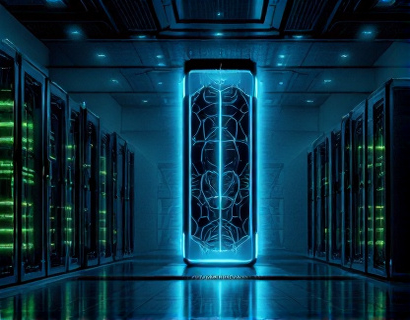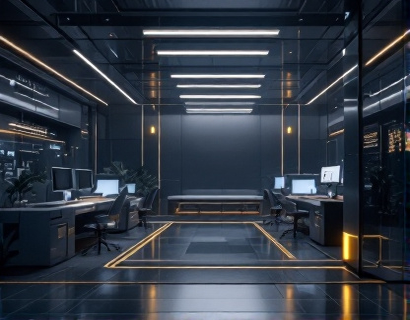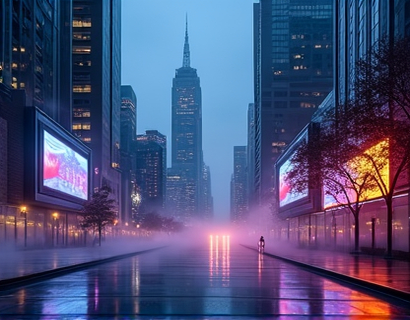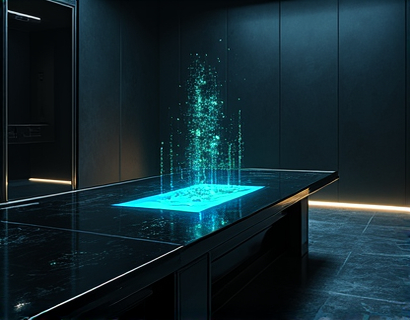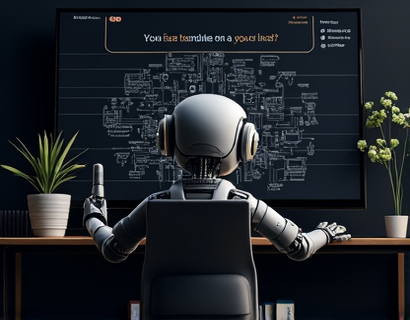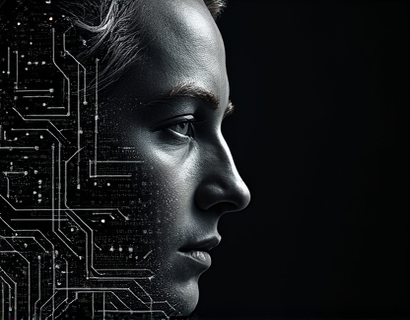Unlock Optimal Event Audio-Visual Control with Advanced Lighting and Sound Hardware Solutions
In the dynamic world of event planning and production, the ability to deliver a seamless and impactful audio-visual experience is paramount. Advanced lighting and sound hardware solutions, coupled with sophisticated hardware management software, play a crucial role in achieving this goal. This article delves into the importance of these technologies, exploring how they can maximize the audio-visual impact of any event, from small gatherings to large-scale productions.
Understanding the Core Components
The foundation of any successful event's audio-visual setup lies in the quality and integration of its hardware components. These include high-performance speakers, versatile lighting systems, and robust control devices. Each element must work in harmony to create an immersive experience for the audience. However, managing these components manually can be time-consuming and prone to errors, which is where advanced hardware management software comes into play.
Enhancing Control with Hardware Management Software
Hardware management software is designed to streamline the operation of lighting and sound systems. These tools offer a centralized interface for controlling and monitoring all connected devices, allowing event professionals to manage complex setups with ease. By consolidating control into a single platform, users can save time, reduce the risk of mistakes, and ensure a more cohesive presentation.
Key Features of Advanced Software Solutions
- Centralized Control: Manage all audio-visual devices from one interface
- Customizable Scenes: Pre-set and recall specific lighting and sound configurations
- Real-Time Monitoring: Keep track of system performance and receive alerts for issues
- Automated Sequencing: Create and execute complex transitions and effects automatically
- Integration Capabilities: Seamlessly connect with various hardware brands and models
These features not only enhance the efficiency of the setup process but also contribute to a more reliable and adaptable event experience.
Maximizing Audio-Visual Impact
The ultimate goal of any event is to captivate and engage the audience through a powerful audio-visual experience. Advanced hardware solutions, when paired with intelligent management software, can significantly elevate this impact. For instance, dynamic lighting can set the mood and atmosphere, while precise sound placement ensures every attendee enjoys clear and balanced audio. Together, these elements create a multi-sensory experience that resonates with the audience.
Lighting: The Visual Heart of the Event
Lighting is more than just illumination; it's a powerful tool for storytelling and ambiance creation. Modern lighting systems offer a wide range of possibilities, from subtle color changes to dramatic effects. Advanced hardware allows for precise control over intensity, color, and movement, enabling creators to craft unique visual narratives. For example, synchronizing lights with music or speech can enhance the emotional impact of a performance or presentation.
Sound: The Auditory Backbone
Equally important is the sound system, which must deliver clear and consistent audio across the venue. High-quality speakers and microphones, combined with sophisticated mixing consoles, ensure that every word and note is heard as intended. Advanced sound management software can help optimize speaker placement, balance levels, and apply effects to create an immersive soundscape. This is particularly crucial in large venues where sound can easily become muddled or uneven.
Seamless Integration and Reliability
One of the most significant advantages of using advanced hardware management software is the seamless integration it provides. By connecting all devices through a unified platform, event professionals can avoid the chaos of multiple controllers and disparate systems. This integration not only simplifies the setup process but also enhances the overall reliability of the event. With a single point of control, technicians can quickly identify and resolve issues, minimizing downtime and ensuring a smooth experience for both the crew and the audience.
Benefits of Integrated Systems
- Reduced Complexity: Simplify operations with a unified control interface
- Enhanced Reliability: Quickly address problems with real-time monitoring and alerts
- Increased Flexibility: Easily adapt to changes or additions in the setup
- Improved Collaboration: Facilitate communication among team members
These benefits contribute to a more professional and stress-free event production, allowing teams to focus on creativity and execution rather than technical hurdles.
Practical Applications and Case Studies
To better understand the practical applications of advanced lighting and sound hardware solutions, let's consider a few real-world scenarios. In a large concert venue, a sound engineer uses the software to create a dynamic soundscape that evolves with the performance. By pre-setting different scenes and using real-time monitoring, the engineer ensures that the audio remains crisp and balanced throughout the show, even as the stage changes and the crowd's position shifts.
In a corporate conference, lighting plays a crucial role in maintaining audience attention and enhancing the speaker's presence. Advanced lighting control allows for subtle changes in color and intensity, creating a professional and engaging environment. The centralized software enables the technical team to make adjustments on the fly, ensuring that the lighting complements each presentation without distraction.
Case Study: Large Corporate Event
At a recent large corporate event, the use of advanced hardware management software proved invaluable. The venue featured multiple stages and a vast audience area. The technical team utilized the software to create a cohesive lighting and sound plan that adapted to each session. During a keynote speech, the system automatically adjusted the lighting to highlight the speaker and dimmed background elements, enhancing focus and clarity. When the event transitioned to a networking session, the lighting shifted to a warmer tone, fostering a more relaxed atmosphere. The seamless integration and real-time monitoring capabilities ensured that every transition was smooth and effective, contributing to the event's overall success.
Future Trends and Innovations
The field of event audio-visual technology is continually evolving, with new innovations promising even greater capabilities. One area of interest is the integration of artificial intelligence (AI) and machine learning (ML) into hardware management software. AI can analyze past events and optimize settings for future occurrences, reducing setup time and improving consistency. ML algorithms can also predict potential issues before they occur, allowing for proactive maintenance and further enhancing reliability.
AI and ML in Event Technology
AI and ML can revolutionize how event professionals approach audio-visual management. For instance, an AI-powered system could learn the preferences of a specific event organizer and automatically apply those settings for future events. It could also monitor environmental factors such as ambient light and noise levels, adjusting the lighting and sound accordingly to maintain optimal conditions.
Another exciting development is the use of wireless and battery-powered devices, which offer greater flexibility and ease of use. These devices can be easily repositioned or added to the setup without the need for extensive cabling, making them ideal for outdoor or rapidly changing environments.
Conclusion
Advanced lighting and sound hardware solutions, combined with sophisticated management software, are essential tools for any event professional aiming to deliver a top-tier audio-visual experience. By streamlining control, enhancing reliability, and enabling seamless integration, these technologies empower creators to focus on what they do best: crafting memorable and impactful events. As the industry continues to innovate, the potential for even more impressive and efficient setups is vast, ensuring that the future of event audio-visual technology is bright.



